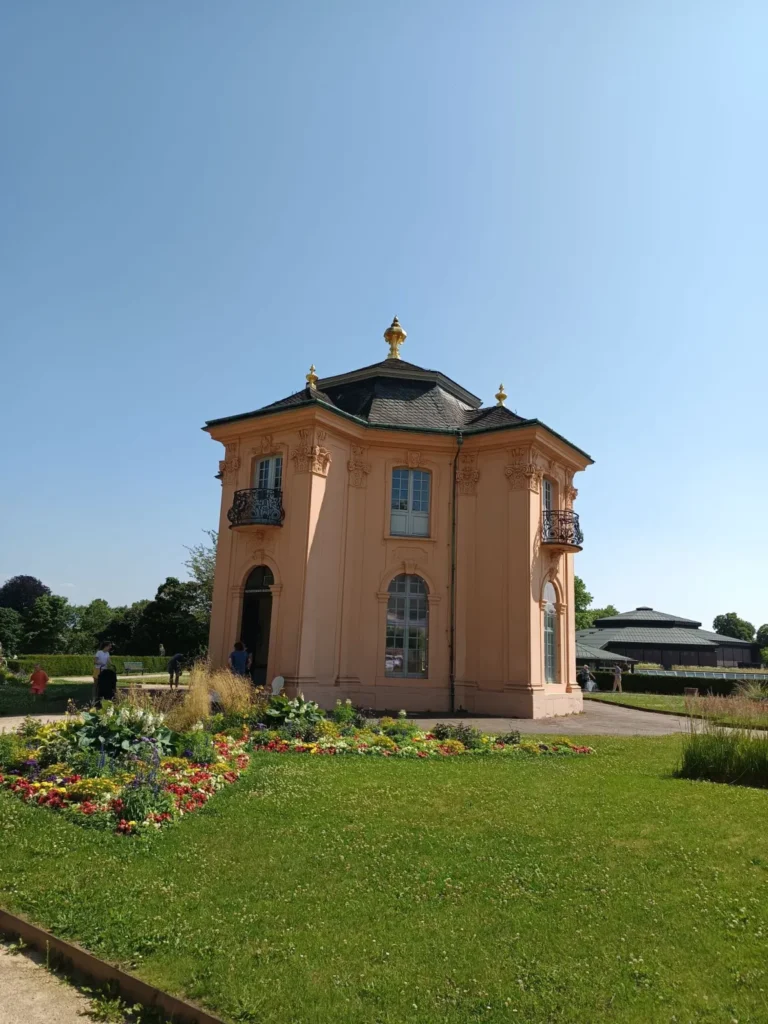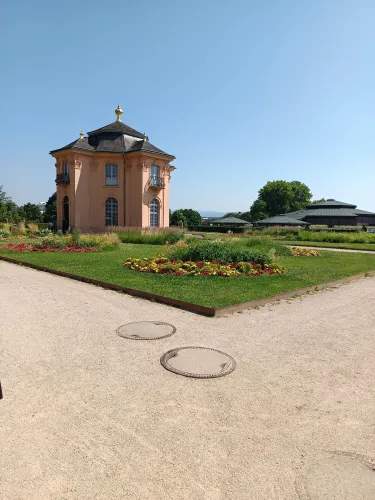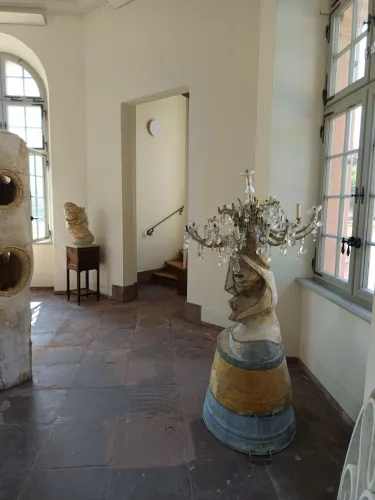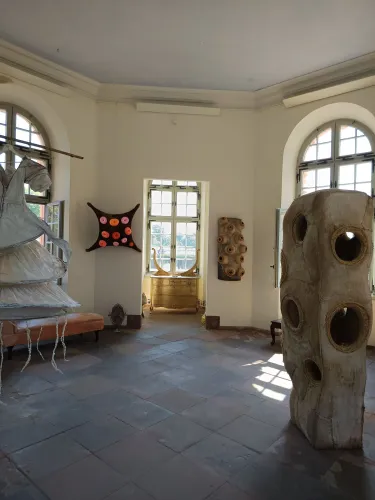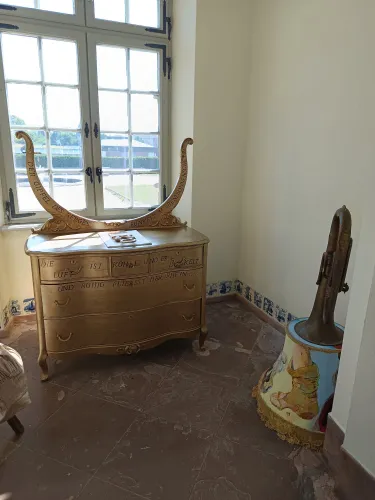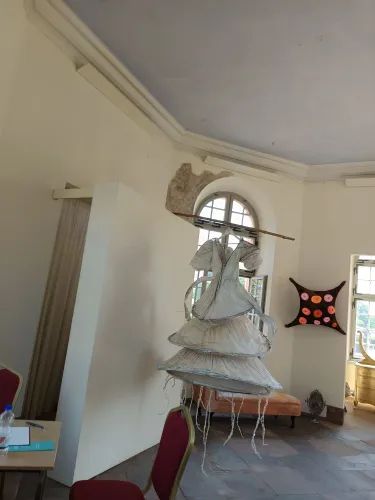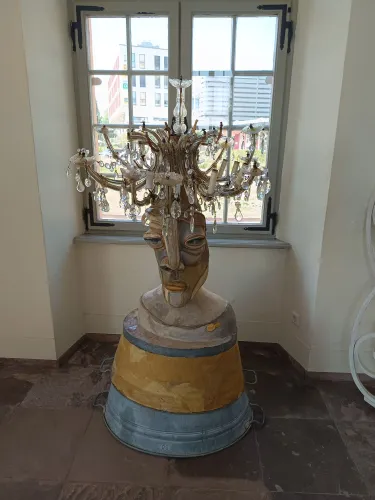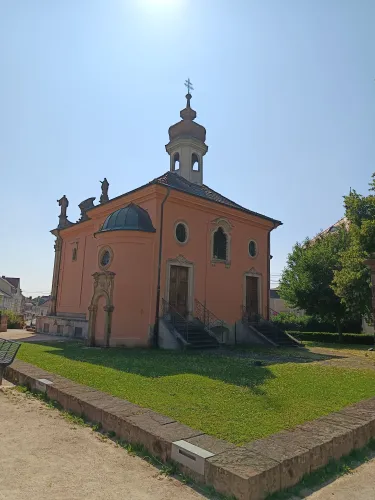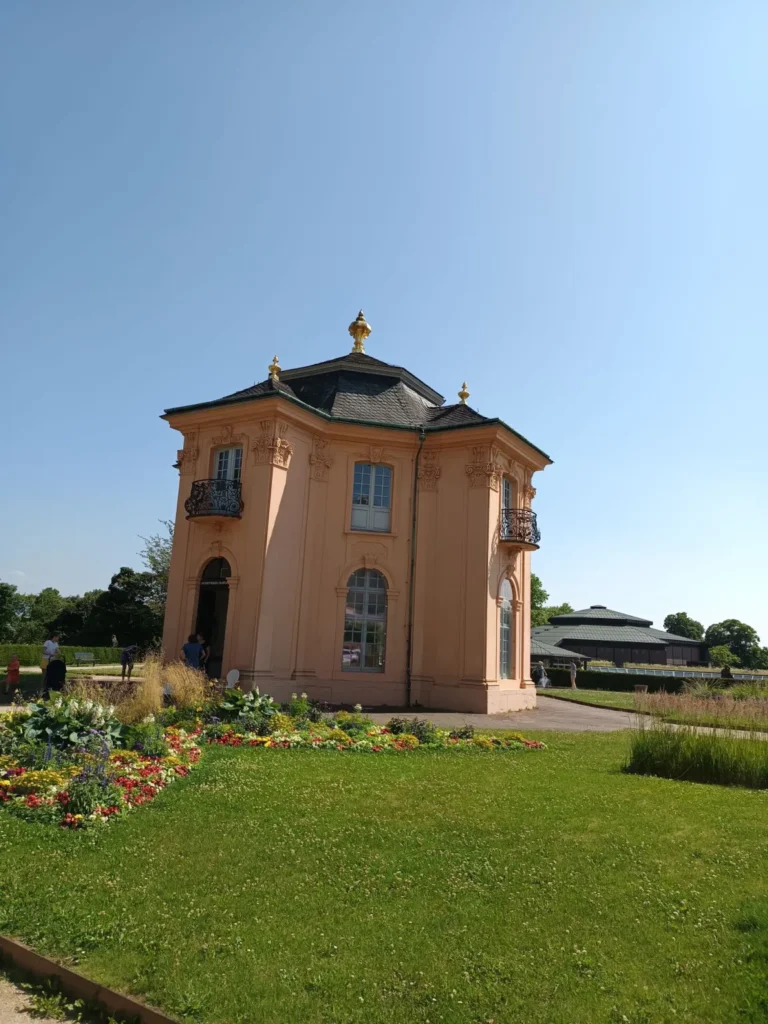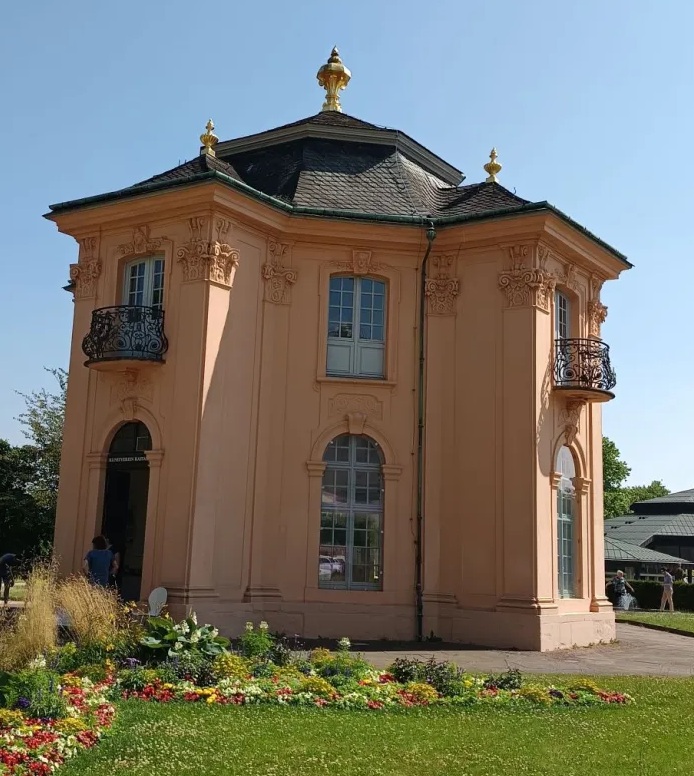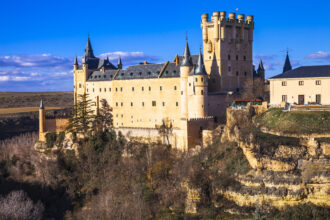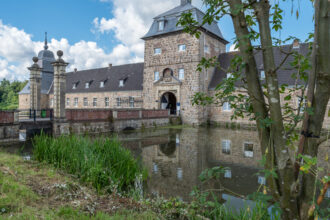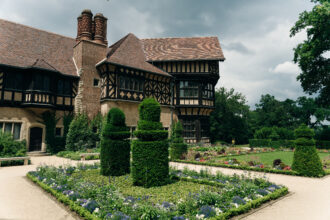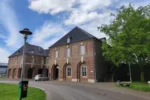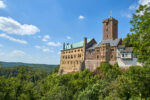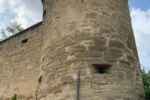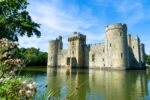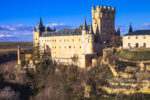The city of Rastatt, located in the heart of Baden, is a place steeped in history and historic buildings. From the magnificent castle to the hidden chapels, each building tells its own story. One of these monumental buildings, which holds many stories and historical details, is the Pagodenburg. The Pagodenburg is a Baroque garden castle in Rastatt that was built on behalf of Margravine Franziska Sibylla Augusta. After the death of her husband, the Margravine embarked on an impressive building program. In addition to the Favorite Palace and the Einsiedelner Chapel, the Pagodenburg was another masterpiece of her creative power. This Baroque gem was built in 1722 by Johann Michael Ludwig Rohrer, the court architect of Margravine Franziska Sibylla Augusta. Today, it stands as a symbol of Baroque architecture and cultural wealth. The Margravine was inspired by the Pagodenburg in the Nymphenburg Palace Park in Munich, which she had the opportunity to admire on a trip to visit Elector Max Emanuel. Although the Rastatt pavilion largely corresponds to its Munich model, there are small but subtle differences. The roof is particularly striking: instead of a flat roof, a mansard roof was chosen, which gives the building its unique character. Originally designed as a tea house for the margrave’s family, the Pagodenburg was surrounded by magnificent gardens. These gardens served not only as a place of relaxation, but also as a playhouse for the margrave’s sons, Ludwig Georg and August Georg. Built on a high terrace along the Murg River, the small castle offers impressive views and captivates with its harmonious integration into the surrounding nature. Today, the Pagodenburg has found a new role. During the summer months, it is transformed into a meeting place for art lovers. The Rastatt Art Association organizes exhibitions there that attract both national and international artists and lend a modern touch to this historic location. Another highlight of the Pagodenburg is the listed outdoor area that surrounds it. The central ornamental grounds in downtown Rastatt include not only the Pagodenburg itself, but also the Einsiedeln Chapel and the water tower. To mark the anniversary year “300 Years of Rastatt Peace” in 2014, the city of Rastatt decided to comprehensively renovate the outdoor grounds. Such a measure had not been undertaken since 1955, and the work was successfully completed in May 2015. The aim of the redesign was to preserve the historical design features while creating an open park and garden area with a high quality of stay. The baroque garden architecture was emphasized by a simple and clear design. The historical axial crossroads and the fountain in the south were retained, while a new sandstone water basin was installed in the north. Dense shrubs and hedges surrounding the Einsiedeln chapel were removed, and the natural stone terraces were cleared of ivy and renovated. The forecourt of the water tower was also redesigned to serve as an entrance and parking area. The building, which was in poor condition in 1911, has been completely renovated and now shines in its former glory. Particularly worth seeing is the flower garden at the Pagodenburg, designed according to historical models, which offers guests a visual treat. From the “Café Pagodenburg” opposite, you can enjoy a magnificent view of this historical gem and experience the charm of bygone times over a cup of coffee. The Pagodenburg thus remains a living testimony to Baroque architecture and cultural heyday in Rastatt, impressively combining history and art.
